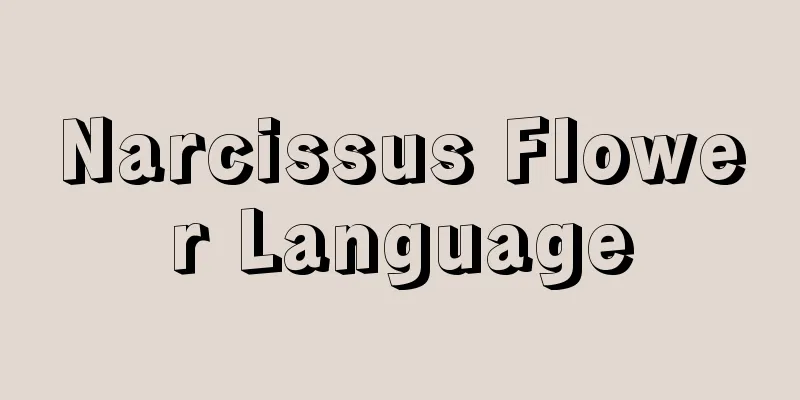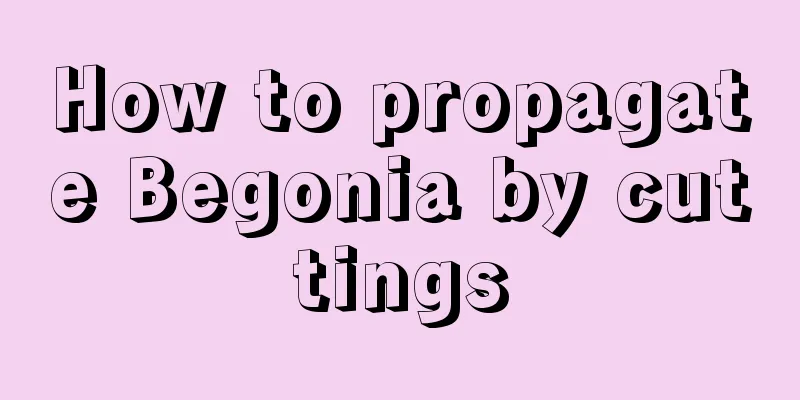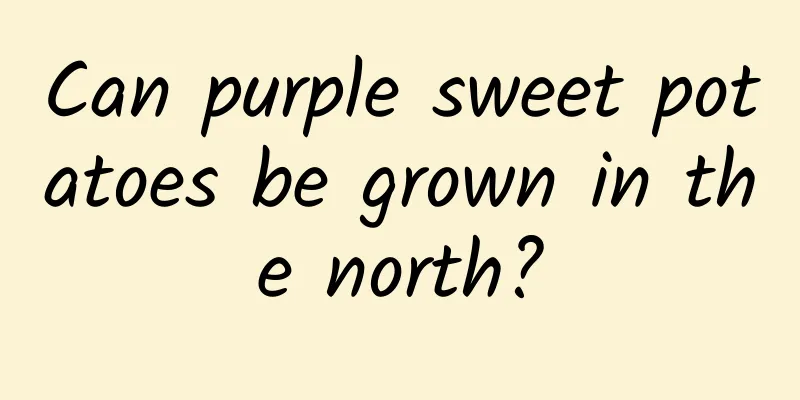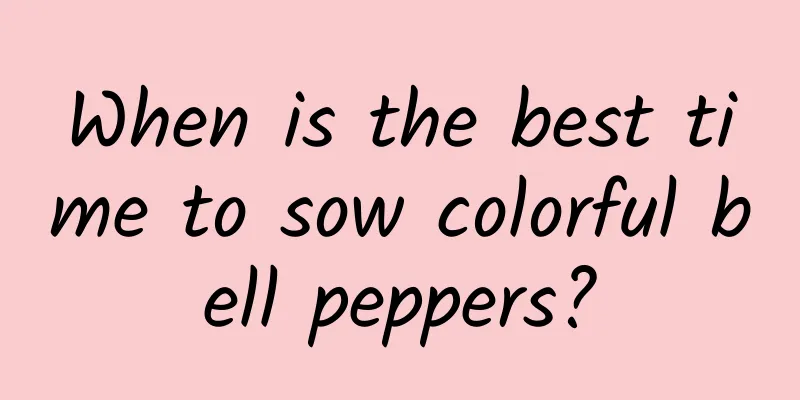Narcissus Flower Language

Flower LanguageThere are many varieties of daffodils, and each of these varieties has a different flower language. For example, the flower language of Chinese narcissus is love and missing you. In addition, there are many varieties of daffodils, and their flower language is: The flower language of daffodils: love you, anticipation of love, purity. The flower language of daffodils: revisiting love. The flower language of daffodils: good times and prosperity. The flower language of wild daffodils is respect. In the UK, wild daffodils have the greatest influence on people. This kind of daffodil is loved by many poets and painters, so the flower language of wild daffodils is "respect". The flower language of Colchicum: youth without regrets. Colchicum was originally chosen to be used to worship Saint Theachindos, a young man who was executed in Roman times. In order to commemorate this young man who devoted his entire youth and life to his mission, later generations regarded Colchicum as the continuation of his life, so the flower language of Colchicum is youth without regrets. In addition, in Greek mythology, a beautiful woman fell in love with the beautiful boy Narcissus, but was rejected by him. So Narcissus was punished and fell in love with his own reflection in the water, and finally turned into a daffodil. Therefore, the flower language of daffodils also includes the meaning of narcissism. Birthday FlowersNarcissus is the birthday flower for March 16th. The birthday flower is pure white narcissus, and the flower language of pure white narcissus is intoxication, full of narcissism and self-intoxication. People who are blessed by this flower love themselves deeply but find it difficult to open their hearts to love others. In addition, daffodil is also the birth flower of Pisces among the twelve zodiac signs. SymbolismDuring the Chinese New Year, daffodils symbolize longing and reunion. The narcissus flower is pure and elegant in shape, just like a fairy on the water. It symbolizes the elegance among flowers and is a symbol of purity and auspiciousness. |
<<: On haze days, these 20 plants are best to put at home
>>: Can the fruit of yew be eaten?
Recommend
What is the flower language and legend of lilac?
Flower language: purity, first love, glory Lilac ...
When are carrots planted?
The planting method of carrots is relatively simp...
When does the lotus flower bloom?
1. Flowering period The flowering period of bowl ...
Mirror grass hydroponic method
1. Treat the roots Take the plant out of the orig...
What is the reason for the bending of the magic pole? (How to adjust and correct the magic pole if it is not straight)
The main reason why a mage becomes a crooked mage...
How long after pruning asparagus fern can I water and fertilize it?
Asparagus fern , also known as cloud bamboo, is e...
How to propagate blue bean succulent and what to pay attention to
Blue bean succulent breeding method The main meth...
Chlorophytum cultivation methods and precautions
1. Soil Chlorophytum does not have high requireme...
Disease and pest control of snow peas
1. What are the pests and diseases? 1. Disease. C...
How to grow water lilies
1. Maintenance methods 1. Temperature: Since it i...
What fertilizer should be used for growing spider plants in water? What medicine should be used for growing spider plants in water?
1. What fertilizer to use The nutrients in the wa...
What is the best month to plant bayberry trees?
When to plant bayberry trees Bayberry trees are u...
What are the cultivation methods and precautions for hydroponic lucky bamboo?
Introduction to Hydroponic Lucky Bamboo Hydroponi...
Rose language, the meaning of the number of roses
1. Flower Language Roses come in more than one co...
How hedgehogs reproduce
sowing If there are no grown hedgehog fruits, you...









